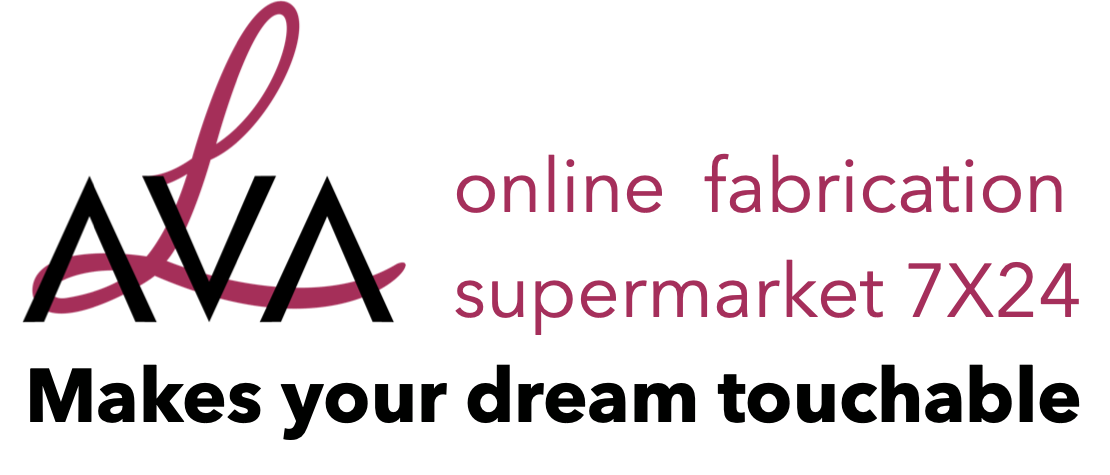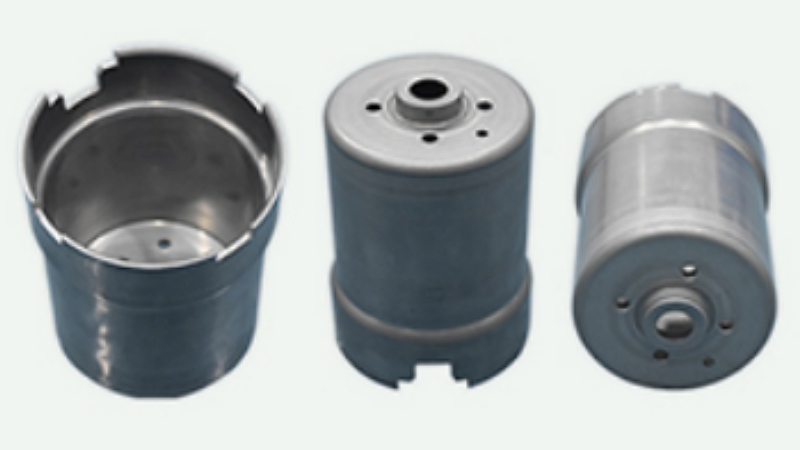In this cold metal forming process, the part is made by a punch that forces a sheet metal blank into a closely matched die to produce sheet geometries. Very deep parts can be formed using progressive dies.
INTRODUCTION
Cold metal pressing is known as ‘deep drawing’ when the depth of the draw is greater than the diameter (sometimes when the depth is only 0.5 times greater than the diameter). This process can be used to produce seamless sheet geometries without the need for any further forming or joining operations. There is a limit to how much sheet metal can be deformed in 1 operation, and the type of material and sheet thickness determine the level of deformation. A variety of techniques are therefore used to produce different geometries. Simple cup-like geometries can be produced in a single operation, while very deep parts and complex geometries are made using progressive dies or the reverse drawing technique. Reverse drawing presses the sheet material twice in a single operation, inverting the shape after the first draw. Operating in this way accelerates cycle time and reduces the number of progressive tools required.
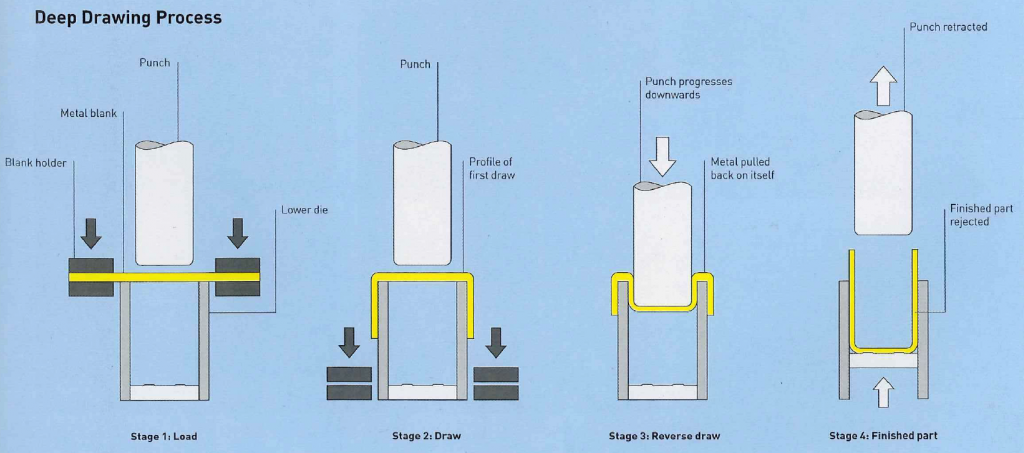
TYPICAL APPLICATIONS
The most common products manufactured by deep drawing include beverage cans and kitchen sinks. However, these techniques are also used to produce a variety of items in the automotive, aerospace, packaging, furniture and lighting industries.
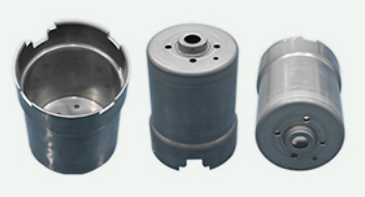
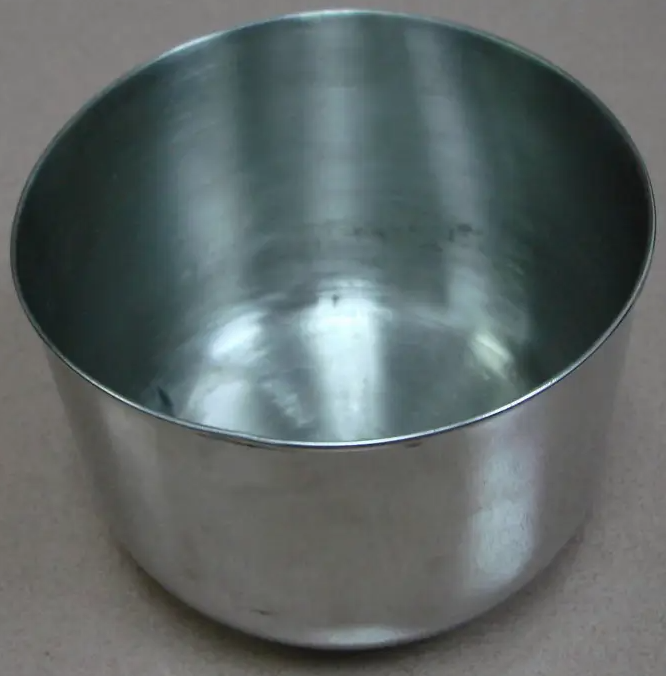
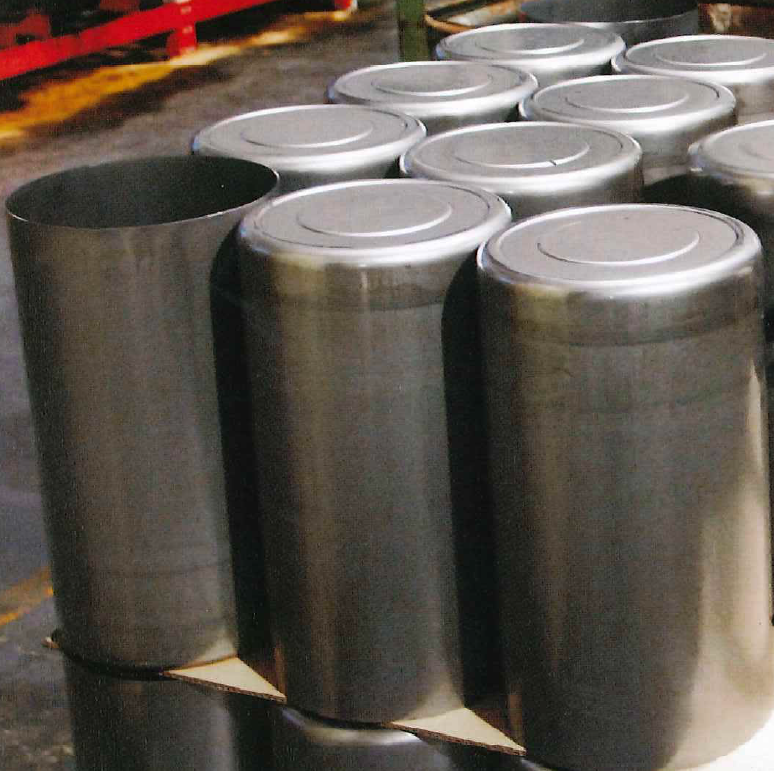
QUALITY
Surface finish is generally very good, but depends on the quality of the punch and die. Wrinkling and surface issues usually occur around the edge, which is trimmed post-forming.
DESIGN OPPORTUNITIES
Various sheet geometries can be produced with the deep drawing, including cylindrical, box-shaped and irregular profiles, which can be formed with straight, tapered or curved sides. Undercuts can be achieved with progressive dies or perpendicular action in the drawing press. However, this will greatly increase the tooling costs.
DESIGN CONSIDERATIONS
Depending on the type of material and thickness, parts ranging from less than 5 mm to 500 mm (0.2-19.69 in.) in diameter can be formed by deep drawing. The length of draw can be up to 5 times the diameter of the part. Longer profiles require thicker materials because material thickness is reduced in long draws.
The limits of deep drawing are often determined by the capabilities of the machine such as bed size (controls the size of blank), stroke (determines the length of draw achievable) and speed (which is restricted by stroke height and complexity of part).
COMPATIBLE MATERIALS
Deep drawing relies on a combination of a metal’s malleability and resistance to thinning. The most suitable materials are steels, zinc, copper and aluminum alloys. Metals with high resistance to thinning are less likely to tear, wrinkle or fracture
during processing, so thinner sheet material can be used to start with.
COSTS
Tooling costs are very expensive because the punch and die have to be engineered to precise tolerances. Progressive tooling, required to produce complex or especially deep parts, increases costs considerably for this process. Cycle time is quite rapid but depends on the number of stages in the pressing cycle, while labor costs are moderate due to the level of automation.
ENVIRONMENTAL IMPACTS
Scrap is produced when the sheet material is cut to size and the finished part trimmed. Fortunately, all scrap material can be recycled into new sheet metals or other metal products.
